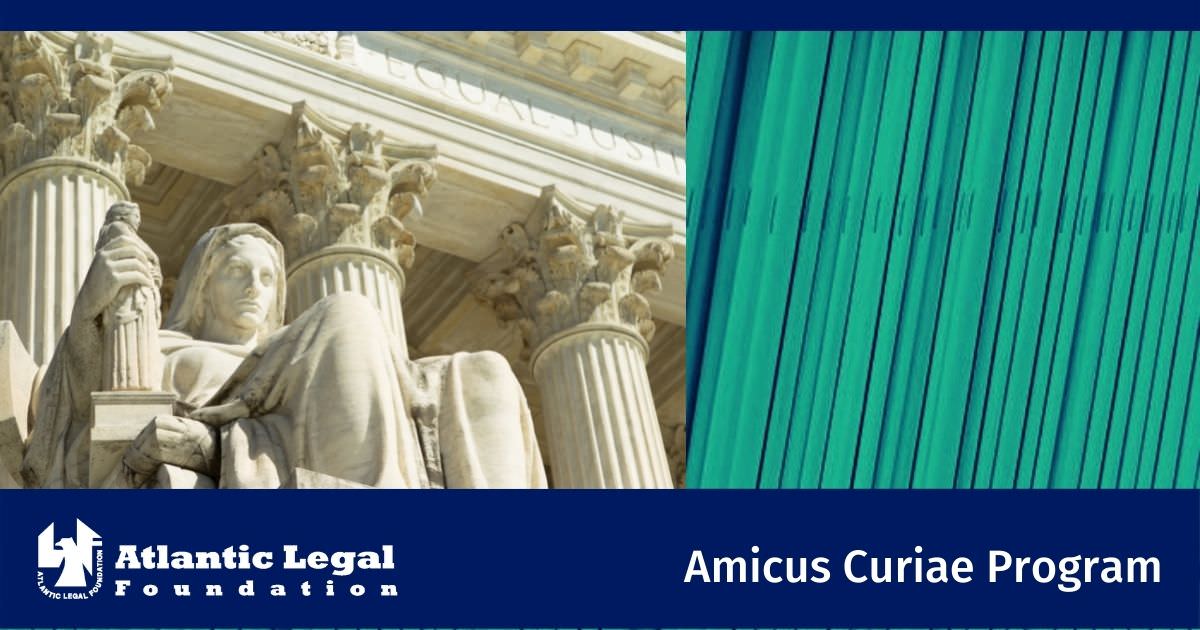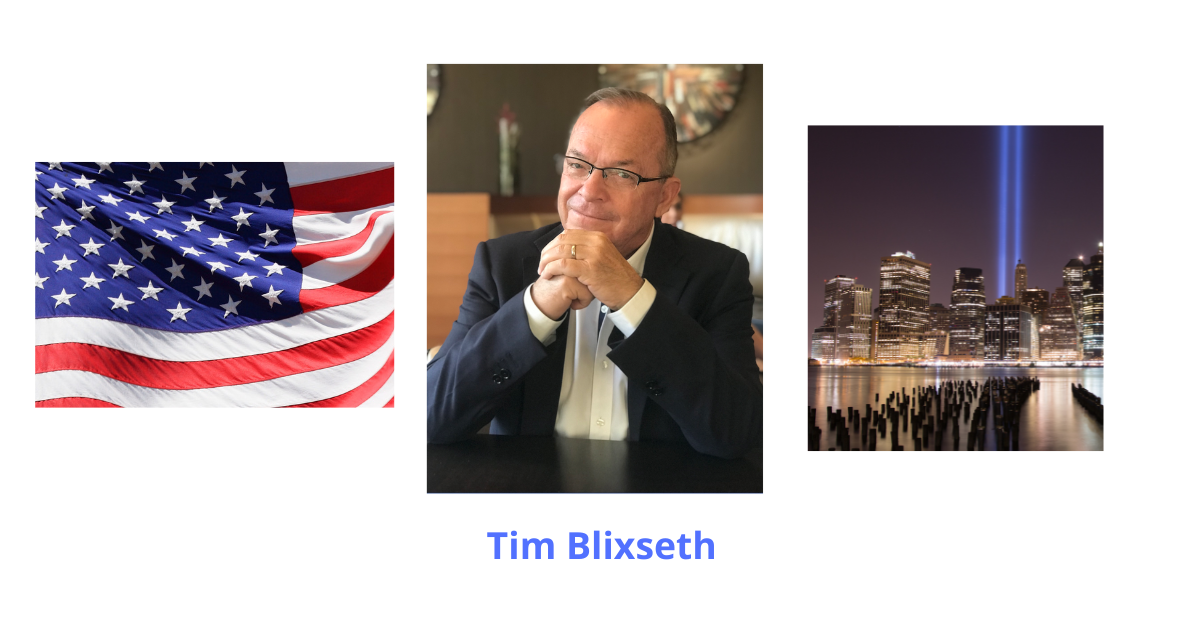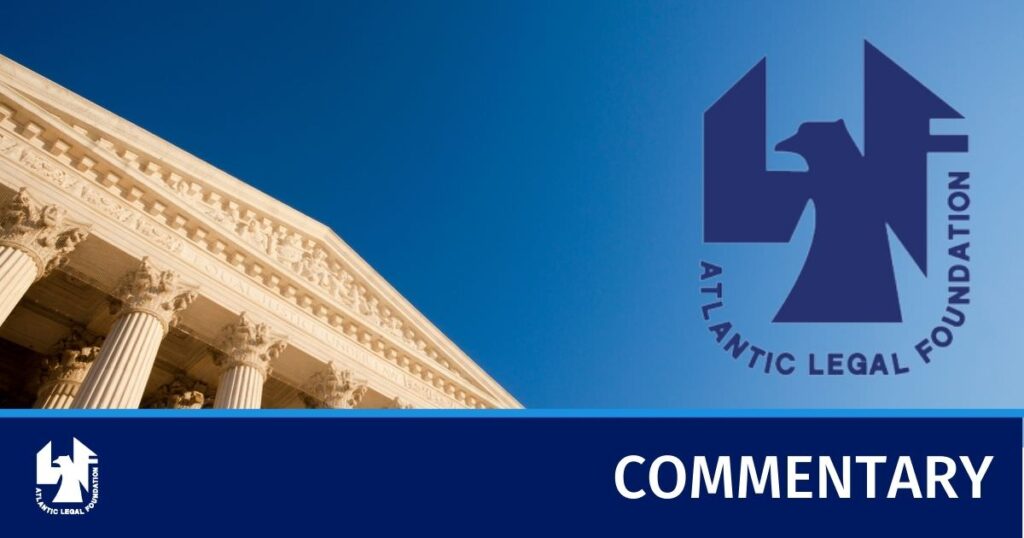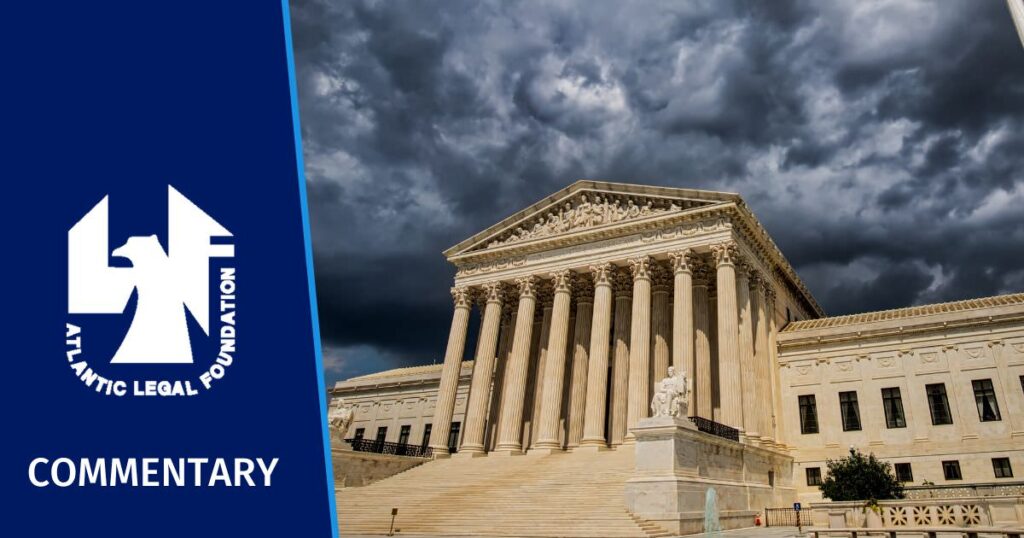By Tim Blixseth
October 30, 2001
City officials who presented us with hardhats and facemasks met us at the front gates of City Hall, now shielded behind fences with armed guards. A strong stench that felt thick, although invisible, surrounded us. I felt fear, anticipation, overwhelming sadness, and anger all at once. I was about to be escorted, along with the rest of our party of eight, to the lowest place in Manhattan. I was about to go to ground zero.
I had been on a non-stop crusade for the past five weeks on a project called, Pray for Peace – Freedom has its Price. It is a healing anthem I wrote for our country and to help the 15,000 plus children who lost one or both parents in the September 11, 2001 attacks on America. We had crisscrossed the country for those five weeks, working harder than I have in many years. I felt so much resolve, and at the same time comfort in my secure, pleasant life, far removed from terror. Improving my golf game and anticipating the first powder of winter, could wait for now. Then just the day before going to ground zero, I witnessed yet another fireman’s funeral outside of St. Patricks’ Cathedral. In the first car, eight children got out; all grieving for their lost father and my five weeks of work, for them, seemed still not enough.
Right then, knowing where I was about to go, all that had seemed so important faded away like the fine ash that filled the morning air. The buildings lining our path were covered with that same gray ash one had seen on television, but now I could taste it. The looks on the faces we passed were more like those in a war-torn third-world country, dazed, longing for explanation, and peace. At the last place the public was allowed, our identifications were checked at a security checkpoint by some of New York’s remaining finest. This area granted a slight peek of what I was about to see. As we made our way toward the river, around the backside of the remaining buildings, evidence began to show of damage from falling steel and concrete. A side of one building was ripped open, and I marveled how it could possibly still be standing. The wind began to blow a bitter winter chill off the river as we went through yet another security checkpoint. Could this really be America? And then I saw a lady standing alone, braving the chilling wind. I recognized her, as my immigrant father had many years earlier. I raised my right hand and saluted this great lady, the Statue of Liberty.
Walking along the river we approached the third security area manned by weary souls, coughing from the inhalation of, not so pure, morning air. We walked past a closed restaurant. The tables still set for lunch customers that would never arrive. In the window you could see droppings, dying plants, all leaning face down against storefront window, as though they knew.
The last site before getting to ground zero was a makeshift memorial for the lost police and fire personnel. I slowly approached to see thousands of wilted flowers and faded pictures; notes from young and old trying to reach out in any way possible to their lost loved ones. As we read their words, tears ran down all of our faces and we choked back the growing lump pressing against our throats. How could anyone rejoice in the loss of these innocent lives?
Back out on the street making our way along yet another wall of potted plants, flowers, teddy bears and pictures with notes we proceeded to the final security checkpoint manned by our military. Our city official declared, “Congressional delegation”. The young soldier still made us all show proper ID and then nodded his head in acknowledgment, and we entered ground zero.
The city had built a viewing stand, not unlike a backyard deck in rural America. We all stared in awe as the large equipment, loaded dump truck after dump truck, with the remnants of what once was a community. The stubborn smoke still challenging the non-stop surge of water continued to show that there was fire underground. Seeing ground zero on TV and seeing it in person is not one in the same.
My hands were firmly gripping the wood railing and then I looked down to see a message written with a pen on the wood, “Dad, I miss you, but I know you are in heaven where all heroes go. I will see you there. Love, your little girl, Amy”. There were hundreds of such messages shouting louder to our hearts than the roar of the equipment.
As we looked at the rubble, a word so overused and yet the only one to describe what we were seeing, we saw a steel I-beam left standing that formed a perfect cross. I have to say that I held that as a sign of hope.
I watched the firemen shaking hands and hugging as they changed shifts. One saw how moved we were and offered us his only bottle of water. They looked soiled but not defeated. There was a sad determination in their eyes that let you know how they had the strength to come back here day after day, knowing that they were not going to find anyone left alive, but they still had a job to do. My eyes connected with one, I gave thumbs up, and he smiled and nodded. I knew the heart of America was still strong.
As were started to leave, one woman, not in our group, which was the only group there, stood alone and sobbed. We all thought of trying to comfort her and realized that she just needed to grieve and there would be no comfort yet. I took my wife’s hand and felt the warmth and comfort in the simple fact that I could.
I will forever be changed, as will America, and I will never forget what I felt and saw. So now the bad golf swing, the hope of improving my skiing, my “secure” good life seems not so important. More than ever, I pray for peace and now more than ever I realize that freedom has its price. For this one American, I was truly grounded at zero.
Tim Blixseth is an American businessman who was invited to tour Ground Zero shortly after 9/11.








